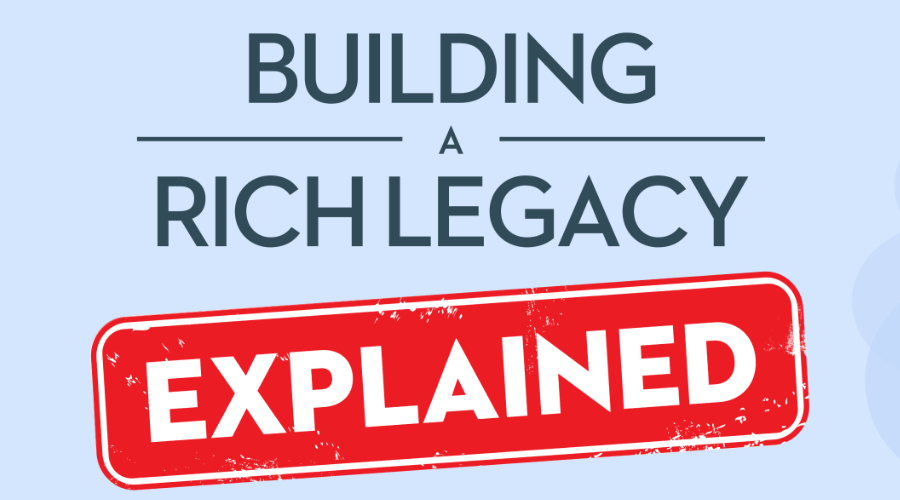The COVID-19 crisis has certainly hit many Canadians financially as well as physically. Two months after the lockdown, Canada’s unemployment rate leapt up to 13.7%. Stats Canada estimated that 5.5 million Canadians have been affected financially by the lockdown, either through unemployment or being absent from work.
This huge drop in income could have had a terrible impact for so many Canadians. With this in mind, Finance Minister, Bill Morneau, persuaded the country’s big banks to allow mortgage deferments to help people through this tough time.
As a result, the banks and many smaller lenders, such as credit unions, offered mortgage payment deferrals, for a maximum of six months. Upwards of 600,000 Canadians took advantage of the mortgage deferment program. But what is a mortgage deferral, exactly? And how can you get it?
How does it work and who qualifies for a mortgage payment deferral in Canada?
So, how does a mortgage deferral work? Borrowers are given a grace period (a maximum of six months) during which they don’t have to make any mortgage payments. This is not the same as a mortgage forgiveness, however: interest that should have been paid during the mortgage payment deferral period is added to the principal and has to be repaid eventually.

Most lenders have similar qualification criteria for their mortgage deferral program. Applicants must have had their income severely reduced due to COVID-19 through the following:
- Layoffs or reduced hours
- Business slowdown
- Unable to work because of health issues
- Caring for someone with health issues
Not everyone qualifies. For example, if your mortgage is in default, you may be turned down. One piece of good news is that taking part in the mortgage deferral program in Canada doesn’t affect your credit rating.
How much does a mortgage payment deferral cost?
Pretty much every mortgage deferral program in Canada will cost borrowers a considerable amount of money in extra interest. While there is no charge as such, missed interest payments are typically added to the loan amount.
There are some differences in the way lenders deal with their mortgage deferral programs. Some add the interest from missed payments to the loan amount and charge interest on that while maintaining the same amortization period (the length of time it takes to pay off the whole mortgage). In this case, you’d start paying higher mortgage payments (after the six-month period) and you would also pay more in total interest.
Other lenders will keep the same mortgage payment amount for the remainder of your mortgage contract but will extend the amortization period. In this case, you could pay considerably more interest.
The amount of interest you might have to pay
Let’s look at some theoretical examples*:
- Bob and Francine owe $200,000 on their mortgage, have a 15-year amortization and pay 3% in interest. After the six-month mortgage payment deferral period, their monthly payment will increase by almost $60 and they will pay an extra $2,981 in interest over the life of the mortgage.
- Tariq and Susanna have 20 years left to pay their $500,000 mortgage and also have a 3% interest rate. At the end of the mortgage deferral program period, their monthly payment would increase by almost $90 and they would pay almost $5,500 extra in interest.
While the mortgage deferral program may be a lifeline for many Canadians, it does come at a cost. If you would prefer not to pay extra interest on your mortgage, what are the alternatives to mortgage deferrals in Canada?
Ways to get by without the mortgage deferral program
If COVID-19 has had a big impact on your income but you don’t like the idea of paying thousands more in mortgage deferment interest, there are some options available.
- Inquire about deferring payments for personal loans or credit card bills instead. Sums are typically much lower than your mortgage, so the extra interest should be considerably lower.
- Borrow from your line of credit. Payments can be interest-only, and therefore more manageable than your mortgage payments, plus you can pay back what you owe at your own pace.
- If you have insurance for loss of employment, if you have money left over, you can use that to pay your mortgage.
For homeowners aged 55 and above, the CHIP Reverse Mortgage® could be the ideal solution. Depending on your personal circumstances (your age, the value of your home and where you live), you could qualify for enough money to pay off your current conventional mortgage completely and then have some extra funds to use however you wish.
A reverse mortgage is similar to a mortgage deferral program, in that you don’t have to make any regular mortgage payments. The main difference is that this doesn’t stop after six months: it continues for as long as you remain living in your home. You only pay what you owe when you decide to sell or move out.
This could be a great solution for older working homeowners who are struggling financially because of COVID-19. A lack of mortgage payments, which continues even after the six-month period, could really help you get back on your feet financially.
Call us at 1-866-522-2447 or use the Canadian reverse mortgage calculator to find out how much you could borrow to pay off your mortgage and ease your finances.
* Examples of mortgage deferral interest are estimates, for illustrative purposes only and vary by financial institution. Contact your lender before taking part in their mortgage deferment program to find out exactly how much extra interest you will pay































